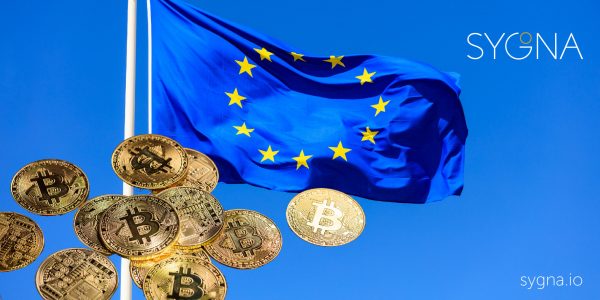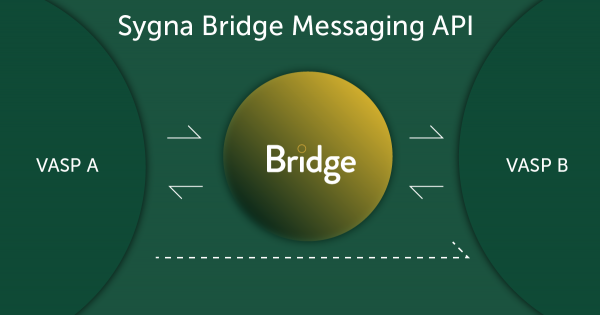With the metaverse shaping up to be the next investing buzzword for 2022, NFTs are about to hit the spotlight in a big new way. This complicated and often misunderstood technology is being touted as a way for individuals to “own” digital real estate by leveraging the wonders of the blockchain.
However, their use, particularly in the art world, has become increasingly controversial, and there are real concerns that the misappropriation and application of NFTs for illicit activity might result in new crypto legislation, something that has been alluded to by global anti-money laundering and counter-terrorism funding (AML/CFT) watchdog the Financial Action Task Force (FATF) with the most recent update to its virtual asset guidance in November 2021. Is it justified and what are the odds of NFTs becoming regulated globally?
What Are NFTs?
NFT stands for “non-fungible token”. It is a unique token that can’t be replaced with something else, only traded. The easiest analogy here is cards — like baseball cards or Pokémon cards. If you have a unique card, you can trade it for another card, but you can’t get that same card back again in exchange.
In a blockchain and crypto context, NFTs have many uses. The most practical one is to represent ownership of a unique piece of data that does not necessarily have a monetary value through the creation of a new form of property deed. As such, NFTs form the backbone of many serious enterprise projects.
Unfortunately, they are also the backbone of a thriving (and murky) digital art industry.
In October, NFT trading volume hit a staggering $10.7 billion as traders attempted to find the next big item. Many platforms evolved to sell art, digital property, and 3D models on the blockchain and provide artists with a new way to monetize their work.
The NFT Art World Is Perfect for Money Laundering
The problem is that the NFT landscape currently resembles the Wild West of crypto, no mean feat considering the pace of innovation in the DeFi space, and do not have any real basis in law. There are no rules other than those imposed the specifications of cryptocurrency technology, such as immutability and pseudonymous ownership. Anybody can mint one. There have even been plenty of cases of platforms stealing digital art and reselling them.
This type of market creates the perfect environment for those who want to engage in money laundering. Art has long been a key way to make illicit funds look legitimate — and NFTs are no different.
There are increasing concerns that their easy access combined with relative anonymity has made NFTs the perfect avenue for organized crime to streamline its money-laundering operations. Criminals can mint their own NFTs and then buy them from themselves. It would be nearly impossible to prove that laundering happened, making it a perfect cover for any illicit funds.
Governments Are Beginning To Scrutinize NFTs
NFTs pose a challenge for governments. On the one hand, they are most often used to buy and sell digital art. In the real world, buying and selling art doesn’t require the same extensive Know Your Customer (KYC) checks as using a cryptocurrency exchange.
On the other hand, they are a huge blind spot that can enable bad actors to easily liquidate their ill-gotten gains.
The biggest challenge will be figuring out how to apply existing anti-money laundering legislation to NFTs. Governments may leverage bank secrecy acts or apply sanctions to NFT platforms that opt not to comply with the same KYC standards as normal cryptocurrency exchanges. While this wouldn’t kill the NFT space, it could make using them more burdensome as part of an enterprise blockchain project.
Another legal issue surrounding NFTs is intellectual property (IP) rights. Technically, all an NFT offers a user is an ownership over the token relating to a specific piece of digital art. This means that the token’s owner doesn’t have any right to the IP itself unless a secondary contract explicitly gives them that right.
This conflict could cause costly legal disputes in the future and will likely lead to more comprehensive copyright regulations being passed.
What Do the FATF Guidelines Say About NFTs?
The recently released FATF guidelines for the most part leave NFTs alone, choosing instead to focus more intensely on sectors like deregulated finance (DeFi) and stablecoins, which are likely to see increased scrutiny sooner rather than later. The formal guidelines follow proposals laid out in March aiming to regulate crypto based on actual business models rather than underlying technology or categorical self-descriptions of an enterprise’s activities.
In one of the few departures from the March proposals, which did not specifically name NFTs, FATF is now advising member countries to regulate them only when they meet the definition of a virtual asset (VA), which might arise when when they are “being used for payment or investment purposes in practice.” Exactly which NFTs will qualify as VAs remains unclear, with some analysts speculating that reference data encoded into an NFT could help determine its status. However, FATF emphasizes that NFTs are “generally not considered to be [virtual assets] under the FATF definition.”
Is It Safe to Buy NFTs?
If you like it and want the prestige of owning an original piece of digital art, then price stability is secondary. But keep in mind that you will own an asset with a deeply subjective value. There is no guarantee that the price of your NFT will go up or that any demand for it will even be there in a few years.
If you like the piece and want to support the artist behind the NFT, then there is certainly no harm. Just remember that anybody can copy and paste your original piece — and that you most likely don’t own the copyright behind it.


